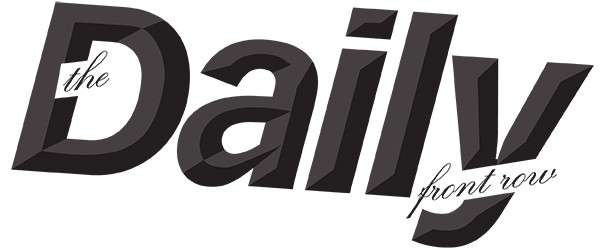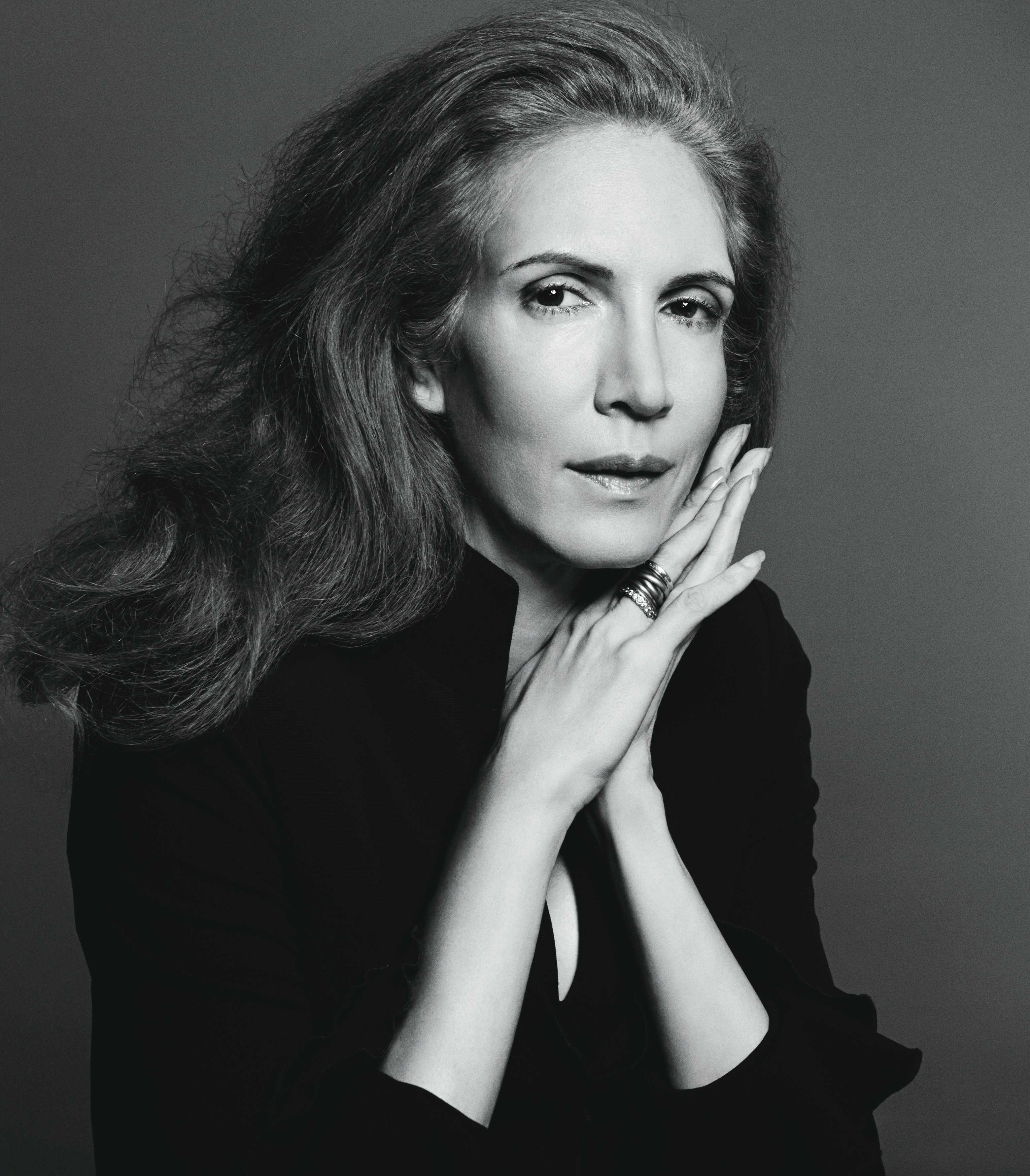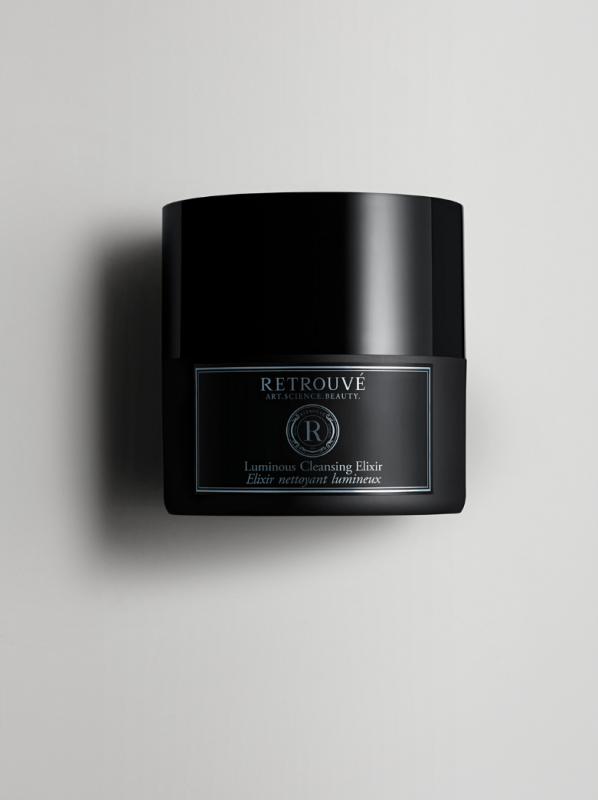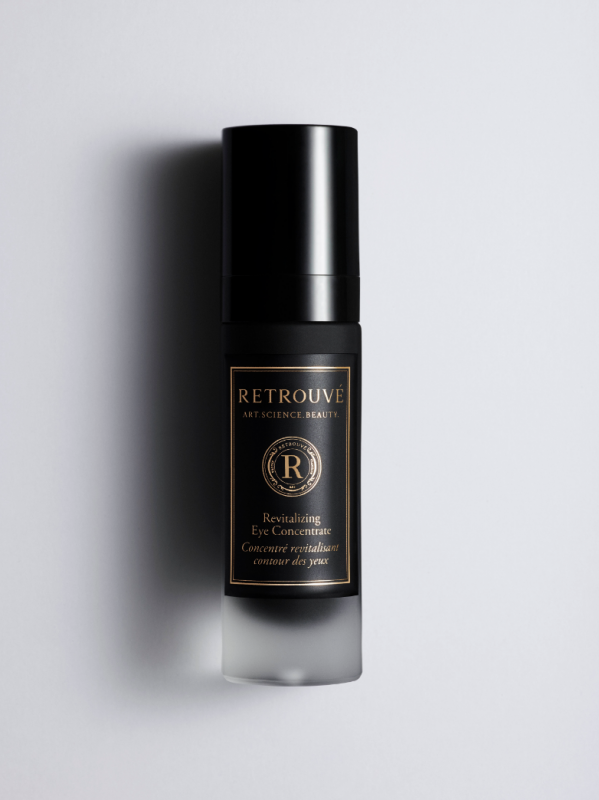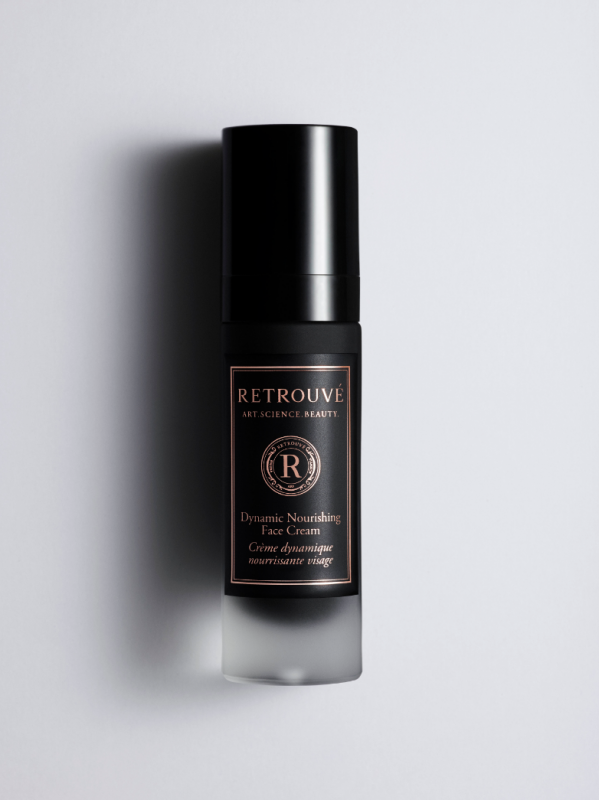Jami Morse Heidegger cut her teeth in the beauty biz at family-owned Kiehl’s, and after selling it to L’Oreal over 15 years ago, she had no intentions to reenter the industry. So when she launched a luxury skincare line, Retrouvé, this year, we gave her a call.
You had a clean break from the beauty industry after selling Kiehl’s. What brings you back?
After we sold Kiehl’s in the early 2000s, I decided to make skincare products with our chemist for myself that had the strongest and most effective formulas that I could use for my, at that time, 40-plus skin. That was the beginning of Retrouvé. I told my chemist, Steve, not to worry about costs—at Kiehl’s, we tried to stay within a certain price profile, a mandate from my father, and I didn’t want the concentrations to be too high so people’s skin didn’t get irritated or have reactions. We worked for about two years on a couple of products that I couldn’t find anywhere in the market. Steve would periodically send me a few formulations, and we ended up with about eight.
What made you choose to take the products to market?
People would ask me, “What do you use? Your skin looks so good.” I would often give small samples of the product to friends. It just started this little industry of friends who wanted the product. We weren’t selling them and I had no intention to do so. We did that for quite a number of years, and during that time, I had a noncompete. Then we were involved in MBT Physiological footwear and a number of other companies. After we sold MBT, my husband said, if people like the skincare and they want you to make some, maybe you should consider selling it. At that point, I really didn’t want to get back into the industry. I was also really enjoying being a mom. That was the main reason that we had sold Kiehl’s. I finally agreed and we decided that we would start really small, make only four SKUs, and start in Europe.
Why did you decide on a low-key launch?
People in the US know who I am and what Kiehl’s is, so we didn’t encounter the same things in Europe, like, why would you create another company? How is this different from Kiehl’s? I really didn’t want to answer questions about that. It’s something totally different. I love Kiehl’s, and as far as we see it, it’s always our baby. Retrouvé is just a completely different thing. This product was also intended for my skin to address hormonal aging and increased dryness. It’s a thicker, luxurious, oil-based texture.
You launched four of eight products—a face serum, cream, moisturizer, and eye concentrate—why did you choose to launch those first?
This was a labor of love, something that my husband and myself personally financed. I tried to create things that I couldn’t find for myself in the market at that point in time, like the Intensive Replenishing Facial Moisturizer, the anchor of the line, and the Revitalizing Eye Concentrate, which are heavier concentrations and a different thickness from most of the products on the market. The ingredients are absorbed because they’re fine quality oils that the human sebum recognizes and will allow to penetrate. They don’t just lay on the surface of the skin. I couldn’t find a moisturizer like that. At the time, I didn’t feel that there was a niche of products where someone could proudly say, “Hey, I’m 50-something and this is what I use at this age, and this has really helped me.” In the last couple of years, it has become a little more acceptable, if you will, for women of a certain age to talk about that, to get movie roles, to get cosmetic contracts. At the time, creams that were purported to be for older skin were promoted by 19-year-old models or something—it wasn’t the message I was trying to impart.
The line is unisex—some brands promote that men’s skin is different from women’s, so they need different products.
Skin is skin—of course, men’s skin has different issues that it needs to deal with, like the impact of shaving. But it’s more about the individual person’s skin type. We encourage people to talk about their skin type and their needs. We do ourselves a disservice to lump everyone into either “female” or “male.” While it’s true that the thickness of the skin often differs, there are men with dry skin, there are men with acne, there are men with thinner skin.
Retrouvé preaches the benefit of face oils, something that people are less afraid to embrace today.
I have to kind of giggle when you say that—that was another reason I started Retrouvé in Europe. At the time we launched, I felt the Europeans were much more open to putting oil or something shiny on their face than we were in the US, where everything was matte, matte, matte. While matte may look better in a photo, it’s more aging to the skin. In Europe, perhaps its because of the climate, they were more used to putting more lubricating consistencies on their face to help protect it from wind and chapping and cold. It was much easier to explain in that market. It’s all more accepted now, which is a good thing.
One of the hero oils is avocado, which comes from your farm. Do tell!
Yes, I am calling you from avocado land right now, actually! We have a ranch out in Malibu, but our home was right near Porter Ranch—there was a huge gas leak from SoCal gas, one of the largest environmental disasters in the US. We ended up having to move to our ranch, which was where we kept our horses and we have different orchards that my husband has been working on for sustainable agriculture. We have so many avocados, we don’t use pesticides, and everything is grown according to sustainable practices. We wondered what to do with all the avocados and the oranges and everything. For a while, we sold them to a local organic market. Finally we were talked to our chemist about finding a way to use the avocados in the formulation. We spent a couple of years researching, and now we’ve started to use the products that we grow on our property in the formulations.
Farm to bottle!
We want to do things that are sustainable as possible. A lot of labs aren’t geared toward that—you cant exactly send them produce. But we found someone who was willing to try it, so we literally ship our avocados, and out comes the extract. Steve gets it and it’s freshly made and he adds it into the formulation.
What changes have you seen in the skincare industry since the time you left Kiehls and the time you launched Retrouvé?
There’s much more of a race to find that obscure ingredient. Really, it’s about high concentrations and high-quality ingredients, which are often times what we’ve long used and we know are effective. For example, vitamin C is a terrific ingredient that we’ve used for a long time, but it’s highly unstable. Now they’re finding new ways to make it more stable and for the skin to absorb. Also, there weren’t as many niche lines back in the Kiehl’s days. And when I came back, I found everything was much more clinical, which is great. At Kiehl’s we were pharmacy based and everything was created from the original apothecary.
How is your packaging different?’
In our time at Kiehl’s, we had the simple packaging. Back in the ’70s, department stores didn’t want to carry Kiehl’s because it looked too “ugly.” They didn’t understand the idea of having something that was very utilitarian. Then everything went so lab and clinical, everything looked so sterile, and we kind of lost the romance of what all this is. It’s not just medicine for the skin. There is something about pampering ourselves that’s a beautiful time-honored ritual. For Retrouvé, we created packaging that embodied an artistic embrace of the whole process. In order to preserve the ingredients as best as possible but using minimal preservative, we started working with a company that produced hermetically sealed bottles. They have a longer shelf life, because everything is created and produced under vacuum and put into airless containers.
Where do you see Retrouvé’s position in the market?
We didn’t create it with any price point, image, or branding in mind, because I had created it for my own skin. When we decided to bring Retrouvé to market, we had to look at the cost of making it all. Between the expensive way that it had to be made, the expense of the bottles, and the high concentration of the ingredients that we use, it turned out to be more expensive than we’d have liked it to be. But in a way we were stuck, because I’d already created the product. I didn’t set out to be in the luxury category in terms of price point, though I did set out to create a luxurious experience.
What will we see next?
Cleansing pads—we were looking to launch them in tandem with the cleanser, but it took us a long time to find the right packaging, to make it functional and to protect the ingredients. Because we want to do everything ourselves, we have to pace ourselves.
